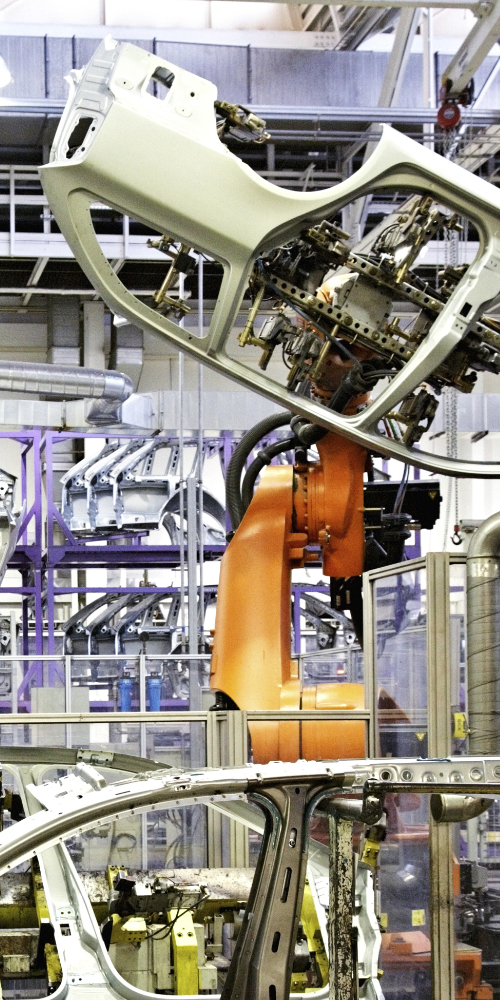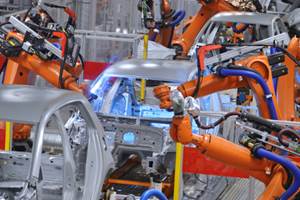It isn’t just the cost of labor or the length of the supply chain. It’s complicated.
Brian Irwin, Managing Director and North America Mobility Lead for consultancy Accenture, says that “reshoring” or “right shoring” is something that gained a lot of attention some five years ago.
And he tells a story that people need to take into account as they consider it. Some years back, he says, pre-Accenture, he worked for a country—that’s right, a country, not a company—that was interested in gaining more work in the auto industry.
The country had automotive work. Low-value-added assembly jobs. “They wanted to get higher up the supply chain,” Irwin says.
So Irwin and colleagues created a group consisting of the government, the educational system, and OEMs to help identify where the country might get some higher-value-add jobs. It was determined that there was a gap in engineering talent, Irwin says, so there was extensive work done to develop it.
“They didn’t want to lose the assembly work that they were doing, but they wanted to get more involved in product development,” Irwin says.
Different Countries Have Different Considerations
But there was one thing that they weren’t good at and it was something that was unlikely to change: “We told them to stay away from anything having to do with aluminum because the cost of power in the country was not competitive in the global market.”
“There are elements you can change,” Irwin says regarding of bringing back or bringing in work. “But it can take a long horizon.” For example, engineering degrees don’t get earned overnight. He says the degree of government support needs to be taken into account. “When this is done well, there is a collaboration between the public and private sectors.”
Reshoring, right shoring or simply getting more work isn’t something that is a matter of a government mandate because there is more to it. (Think, for example, of the fact that energy was expensive in the country Irwin was working with and that aluminum is energy intensive.)





